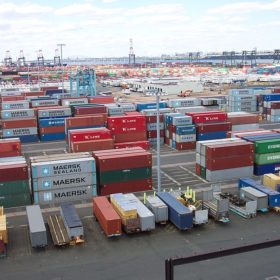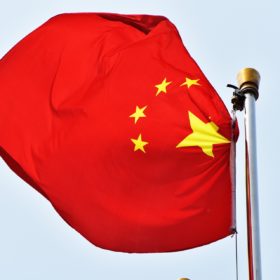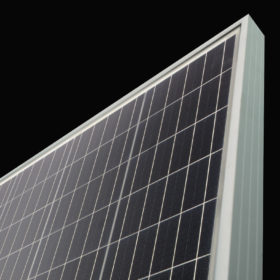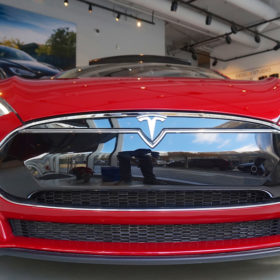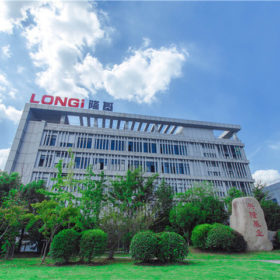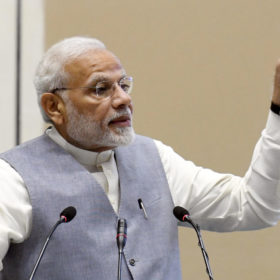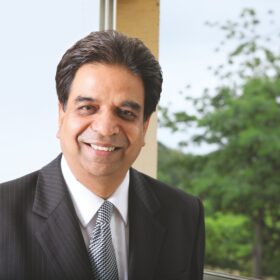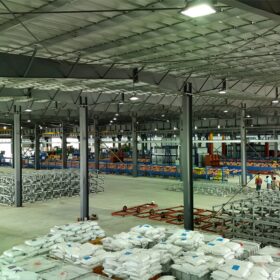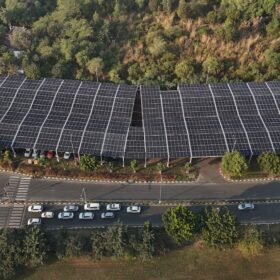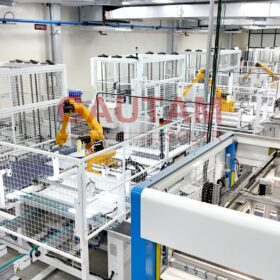Trina opens trade show by announcing more than 4 GW of module shipments to India
The Chinese manufacturer claims to be the first company in the nation to supply that volume of solar modules. The news is unlikely to be welcomed by a government desperate to foster its own solar manufacturing sector.
Eric Luo: China will see just 20-25 GW of solar per year through 2025
The GCL System chief executive made comments that fly in the face of an expected solar gold rush in China that analysts predict will start this month. Though rising overseas demand will address overcapacity fears, according to Luo, the soundbite is sure to chill PV boardrooms across the world’s biggest solar market.
Chinese panel maker ready to exploit module tariff reduction
Solargiga highlighted the fact safeguarding duty has recently been reduced in India when considering solar opportunities around the world as part of its first-half update to the Hong Kong stock exchange.
Chinese company Ganfeng Lithium prepares solid-state battery test line
The energy storage company is ramping up R&D efforts to try and fast-track commercialization of the more productive – and more expensive – battery tech. The news was announced as part of an uninspiring first-half update thanks to falling lithium salt prices.
Jinko: ‘The days of mono will soon be behind us’
A spokeswoman from the Chinese manufacturer of the Swan series of double-sided solar panels says monofacial modules will soon be consigned to residential use as the price gap between them and higher-yielding bifacial products rapidly closes.
Megapack marks Tesla’s new play for utility scale storage market
The Palo Alto company says it has improved its large scale battery offering with the new product in the wake of the success of its Powerpack-driven big battery in Australia. The Megapack can be deployed at a 250 MW/1 GWh clean energy plant four times faster than a fossil fuel alternative, claimed the business in a blogpost.
MNRE blacklists developer over 500 MW solar park delay
The ministry slammed the business for delays to a planned site in the village of Bhamer but a spokesman for the developer said the scheme was held up for 18 months by the state government of Maharashtra.
Longi to spend $349m on new 5 GW module fab in Taizhou
The world’s number one mono silicon module manufacturer will add another 5 GW to its annual panel production capacity in 2020 as it pursues 16 GW of output this year and 25 GW next year.
Europe announces plans for battery gigafactories
In news that will add urgency to Indian government efforts to establish a domestic storage industry, funding has apparently been secured for 16 GWh-plus production lines in Sweden and Germany. Is India at risk of being left in the starting blocks?
Plug-in hybrid cars have no longevity – stick to pure electric
A report on the prospects for a mooted $2.6tn electric vehicle market over the next decade says PHEVs – part electric, part gas-guzzling – are already losing market share rapidly to pure electric rivals, and will be extinct by 2030.

